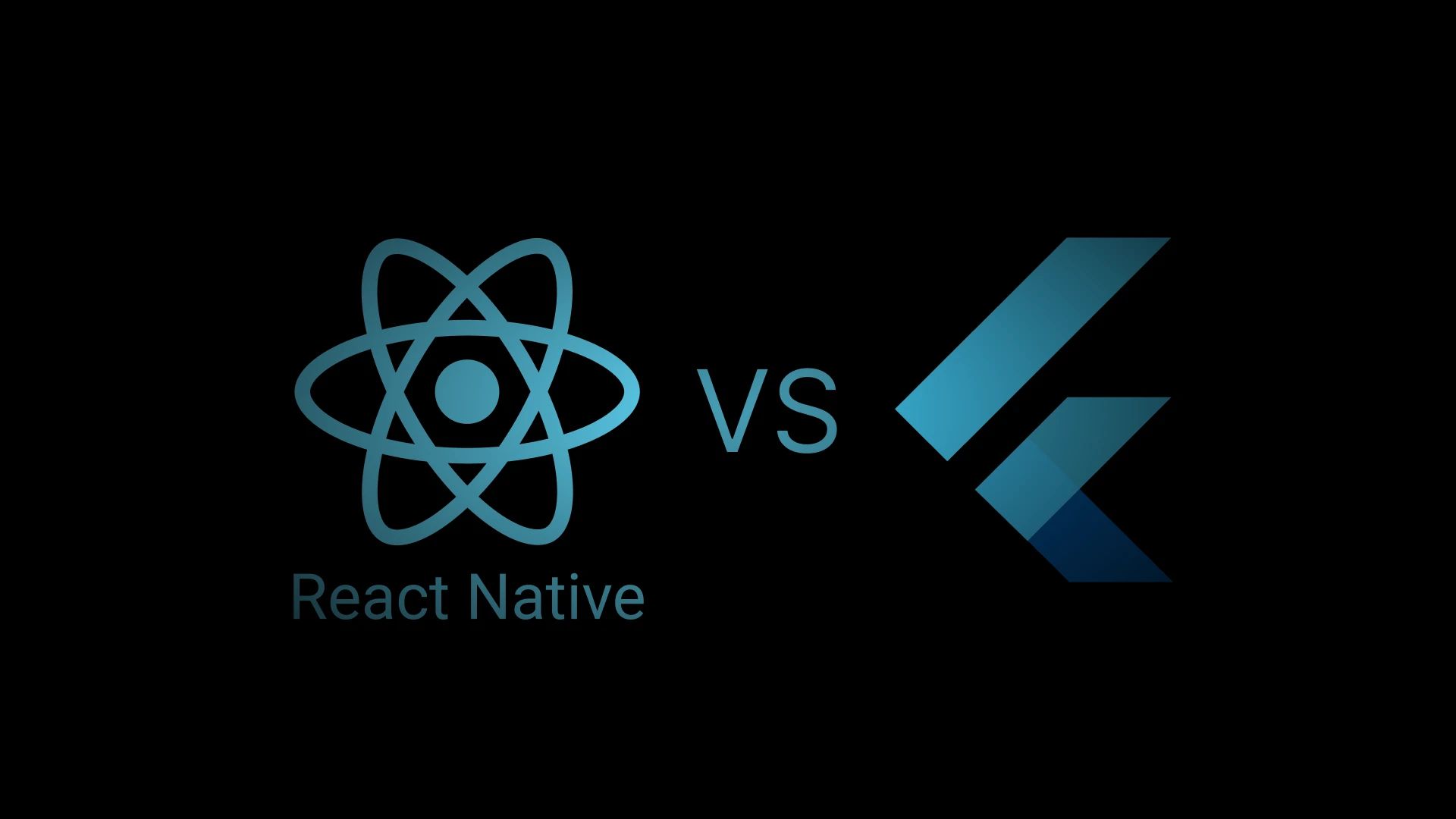React Native vs Flutter: Which is better in 2025?
If you're planning to build a high-performance mobile application in 2025, you're likely choosing between two of the most powerful cross-platform frameworks: React Native and Flutter. As an IT development company with over a decade of hands-on experience in mobile app development, we’ve worked extensively with both—and we know the real-world implications of choosing one over the other.
So, which one is better in 2025? Let’s dive deep and give you expert insight that goes far beyond the surface-level comparisons.
Understanding the Basics
| Framework | Developed By | Programming Language | Initial Release |
|---|---|---|---|
| React Native | Meta (Facebook) | JavaScript / TypeScript | 2015 |
| Flutter | Dart | 2017 |
Both frameworks allow developers to write code once and deploy it on iOS, Android, and even web and desktop platforms. However, their architecture, performance, community maturity, and real-world development experience vary significantly.
Performance & Architecture (2025 Update)
1. Flutter uses Dart and compiles to native ARM code, offering better runtime performance for graphics-heavy or animation-intensive apps. In 2025, Flutter’s Impeller rendering engine (a successor to Skia) has significantly improved frame rates and startup times, especially on Android devices.
2. React Native uses a bridge to communicate between JavaScript and native components, which can introduce latency. However, recent innovations like Fabric (new rendering system) and TurboModules have narrowed the performance gap.
Expert Verdict: Flutter is currently ahead for apps requiring high UI complexity and smooth animations.
Developer Productivity & Ecosystem
1. React Native benefits from the massive JavaScript ecosystem. Most developers can get started quickly, especially those with a web development background. The availability of tools, libraries, and NPM packages remains unmatched.
2. Flutter, while growing rapidly, still requires developers to learn Dart, which is less commonly used. However, the integrated tooling via Flutter DevTools, along with robust IDE support, has made developer onboarding easier in 2025.
Pro Tip: React Native is faster to adopt for teams already using React or JavaScript. Flutter shines in greenfield projects where UI flexibility is critical.
Community Support & Corporate Backing
1. React Native continues to be backed by Meta and has a mature, battle-tested community. Major companies like Meta, Shopify, Tesla, and Airbnb (partially) rely on it.
2. Flutter is aggressively supported by Google and is now being adopted by Amazon, Alibaba, and government institutions. In 2025, Flutter 4.0 has stabilized its support across mobile, desktop, and web with minimal codebase tweaks.
Insight: Both communities are strong, but Flutter’s consistent updates and Google’s long-term commitment offer more transparency and clarity.
Web and Desktop Compatibility
1. React Native is primarily focused on mobile, with web support via third-party tools like React Native Web, which still feels limited in 2025.
2. Flutter has native support for web, Windows, macOS, and Linux. With Flutter 4.0, performance across non-mobile platforms has become impressively smooth.
Winner: Flutter for truly cross-platform development in a single codebase.
💰 Cost & Time to Market
React Native may reduce time-to-market if you have existing JavaScript expertise on your team.
Flutter provides more consistency across platforms, reducing the need for platform-specific customizations.
Real-World Example: One of our eCommerce clients wanted a pixel-perfect UI across iOS and Android. Flutter enabled us to deliver in 25% less time than React Native would have, due to fewer layout inconsistencies.
🧠 Which Should You Choose in 2025?
| If you value... | Choose |
|---|---|
| Faster onboarding and JS ecosystem | React Native |
| High-performance, animated UI | Flutter |
| Truly single codebase across all devices | Flutter |
| Easier learning curve for web developers | React Native |
📌 Conclusion: Flutter Leads in 2025, But Context Matters
In 2025, Flutter has pulled ahead in terms of performance, flexibility, and true cross-platform capability. That said, React Native is still a fantastic option—especially for startups or teams with deep JavaScript experience.
No two projects are alike. Your framework decision should consider your team's skills, app complexity, platform needs, and timeline.
🚀 Ready to Build Your App? Let's Talk!
At Cypherox Technology, we've helped hundreds of clients globally build and scale mobile apps using both Flutter and React Native. Whether you're a startup or an enterprise, we provide consultation, UI/UX design, MVP development, and end-to-end app delivery on time and within budget.
📞 Book your free strategy session with our app consultants today. 📧 Or drop us an email at info@cypherox.com for a personalized quote.

